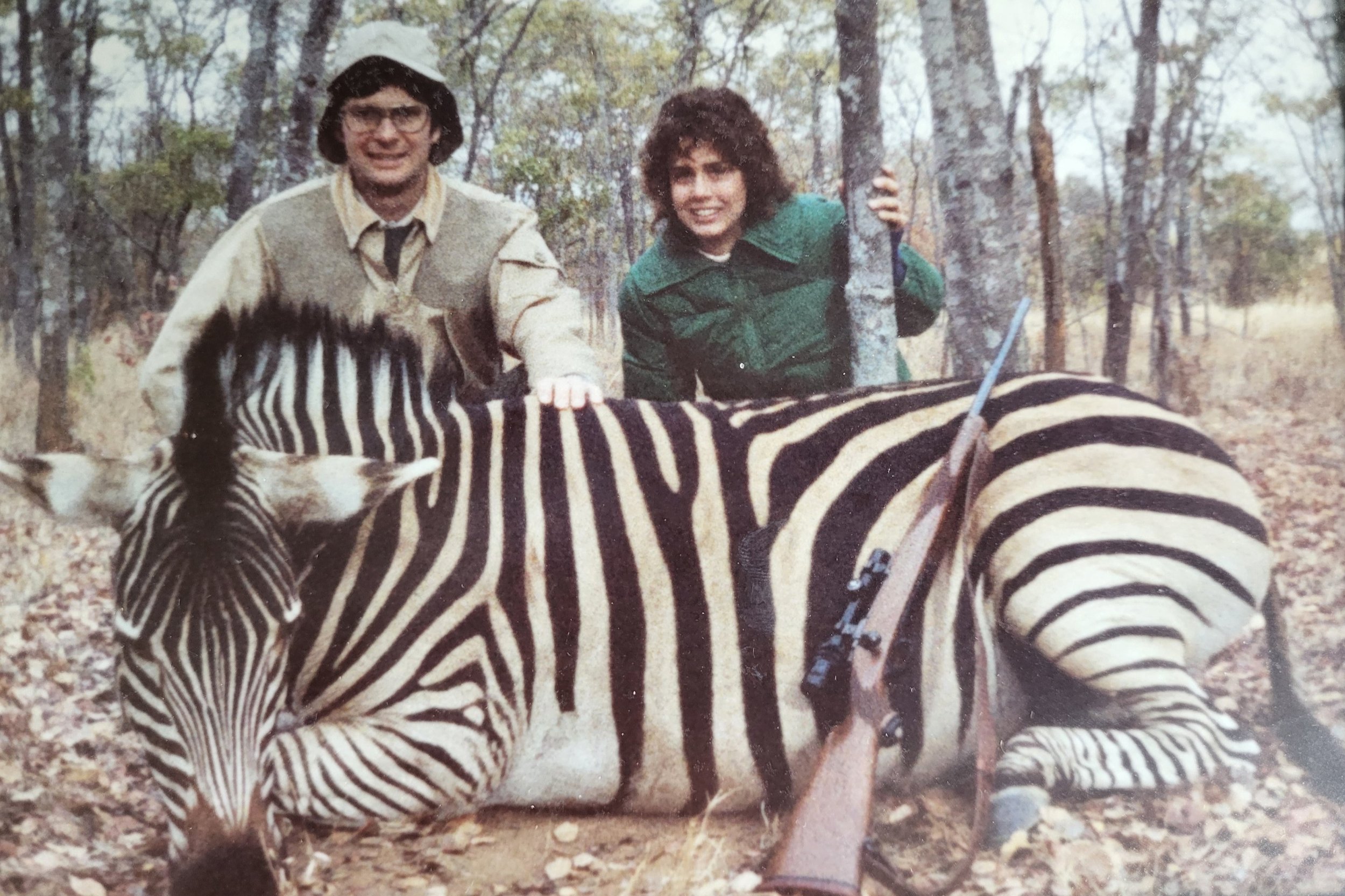How To Hunt South Dakota Pheasants, Cheap
After my recent flurry of pheasant hunting photos, readers have been asking how to hunt South Dakota pheasants on a budget. So I’ll tell you.
This image shows two hunters who know how to hunt South Dakota Pheasants putting two roosters in the back of a RAM with A.R.E. topper.
First, you must realize that I’ve only been hunting pheasants in South Dakota for 50 years, so I don’t know everything. What I do know is that birds are easier to find today than they were from the mid-1960s through the early 1980s. Starting in 1985 the CRP (Conservation Reserve Program) added more than 2 million acres of dense, undisturbed grass habitat to the State. Bird numbers soared and folks finally saw what biologists and pheasant hunters had known for a long time: you can’t have pheasants without dense nesting and escape cover.
There isn’t as much CRP today as 10 years ago, but cover remains better than it was in the 1960 and 1970s. Given decent weather, South Dakota hens can produce bumper crops each year. And if you follow my directions, you can harvest some of that feathered crop.
First Step to Hunt South Dakota Pheasants
First, get on the South Dakota Game, Fish & Parks website and snoop around. Order the annual Public Hunting Atlas. This booklet of maps shows every free access public hunting acre in the state. There are roughly 1.7 million of these. Most are fair to outstanding pheasant habitat. State Game Production Areas, Walk-In Areas, CREP lands, and Waterfowl Production Areas provide the best pheasant habitat, but the U.S. Forest Service National Grasslands can be good in spots, too. The key is finding a mix of grass and grain crops.
My main point, however, is this: you and I have free access to nearly 2 million acres of pheasant habitat in the best pheasant producing state in the world. How cool is that?
To Successfully Hunt South Dakota Pheasants, Research Local Densities
Not all parts of the state have equal densities of pheasants. Local conditions from winter storms to spring floods, drought, fires, hail and agricultural practices can increase or decrease annual numbers. SDGFP does a good job of advertising annual ringneck population swings while highlighting the best areas, but these aren’t always the best for hunting. You have to play it smart.
How to Play Smart When You Hunt South Dakota Pheasants
When choosing your hunting destinations, balance bird densities with habitat access and hunter densities. Sometimes it’s better to hunt a less popular area because the competition is lower. You’re not bumping into other hunters and dogs on every public acre. Sometimes a lower pheasant density area has more and better public lands open to hunting. Over the years I’ve enjoyed productive hunts in the famous Winner and Chamberlain areas, but also in the Kadoka region, Aberdeen area and a few southeast counties. It all depends on the year and changing bird numbers. This year (2017) a wide swath of summer hail literally wiped out pheasants from one of my favorite hunting zones, so I had to shop elsewhere. By hunting CREP fields, my buddies and I did pretty well considering the overall pheasant population was down about 40%.
Whittle Down Options to Hunt South Dakota Pheasants
Once you’ve found your hunting grounds, hunt smart and whittle it down. Shooting hours don’t begin until 10 AM or 12 AM depending on the date. Regardless, by that time the birds have fed and are in or heading toward roost cover. This can be anything from a brushy thicket or strip of cedar trees to the grassy edge of a grain field or a dense cattail slough. The later the season and the greater the hunting pressure, the denser the cover birds will hide in.
From mid-morning through early afternoon, pheasants hide from four legged, two-legged and winged predators, but at about 3 PM they begin moving toward feeding sites for the evening meal. This is when I bag most of my birds by quietly walking the grassy edge between a grain field (corn or milo are best) and CRP grass or cattail/bulrush slough. Most of the birds walk to this edge, then slip into the grain field just far enough to find their kernels. After filling their crops, they walk or fly back into a grass field for the night. Stay in the grass 10 to 20 yards from the open grain field and you should flush birds.
Spomer’s Secret for Finding Pressured Birds
I’ll let you in on one of my secrets: hunt the odd places. If everyone and his dog are pounding the CRP grass, WPA sloughs, and GPS shelter belts, snoop around for an odd patch of weeds in a remote corner. Look for a short grass CRP field. Harried roosters will crouch and hide in some pretty strange places when they’re bumped from denser cover. We’ve even found them in plowed fields.
Throw Caution to the Winds to Hunt South Dakota Pheasants
Don’t let fear of the unknown hinder you. Of all hunting opportunities in America, none is as much a sure thing as a SD public land pheasant hunt. You may not find as many birds as we 50-year veterans do, but you’ll find plenty and learn as you go. Licenses are running about $125 these days, but there are no trespass fees on those millions of acres of public access hunting lands. Hunt pheasants in South Dakota and you’ll likely enjoy the best, most productive, most memorable upland bird hunting of your life.
Author Ron Spomer began to hunt South Dakota pheasants at age 13. That was a long time ago.










